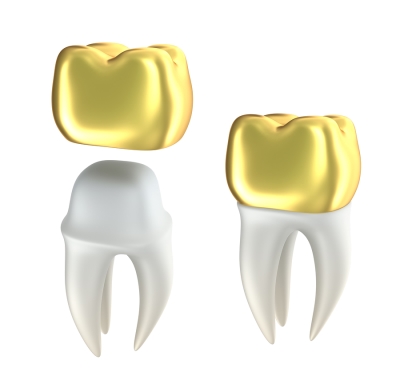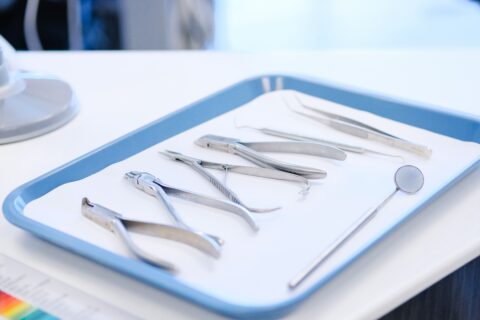A LOOK AT HOW DENTAL CROWNS WORK
Has your Belmont Dental periodontist or restorative dentist recently suggested using dental crowns to repair a fractured tooth or to enhance the appearance of a discolored tooth? No matter what type of imperfection your new dental crown will be fixing, it’s important that you understand the process by which that restoration will occur. Take a look at the information below to get a better idea of how dental crowns work:
Materials Used to Create a Crown
To get a clear understanding of how dental crowns work, it’s important to know how they are created and from what materials they can be fashioned. Dental crowns can be created porcelain ceramic, acrylic, or gold and metal alloys. The most sought after material for most dental patients is porcelain since it most closely resembles the appearance of a natural tooth.
Crown Placement Process
Once you have consulted with your dentist about the type of dental crown that you prefer, he or she will file down the damaged tooth and then take impressions of your mouth that can be sent on to a laboratory. While you wait for your crown to be created, you will be able to wear a temporary model that enhances the look and function of your tooth. Shortly after your crown arrives at Belmont Dental, your dentist will schedule your next visit, during which time he or she will cement it over your tooth and see to it that the fit is snug and secure.
Maintenance and Follow Up Care
After the dental crown has been firmly placed into your mouth, you can expect it to last for decades or longer, if properly cared for. Good dental hygiene, including frequent visits to your periodontist or general dentist, as well as regular brushings, and a healthy diet will allow your crown to serve its functional and aesthetic roles.

Introduction
When it comes to maintaining a healthy and beautiful smile, dental procedures like dental caps play a crucial role. Dental caps, also…
You know that it’s important to take care of your teeth, so that you can have a healthy, beautiful smile! What you may not know, though, is…

